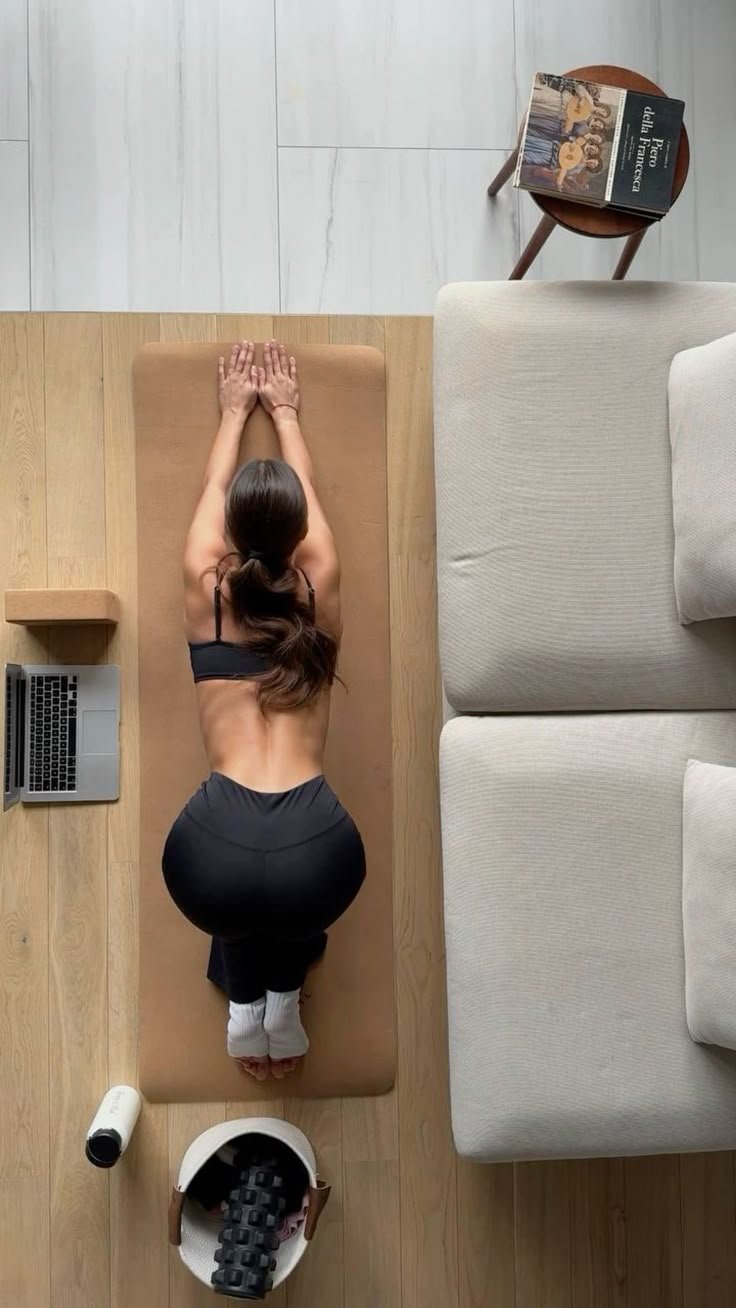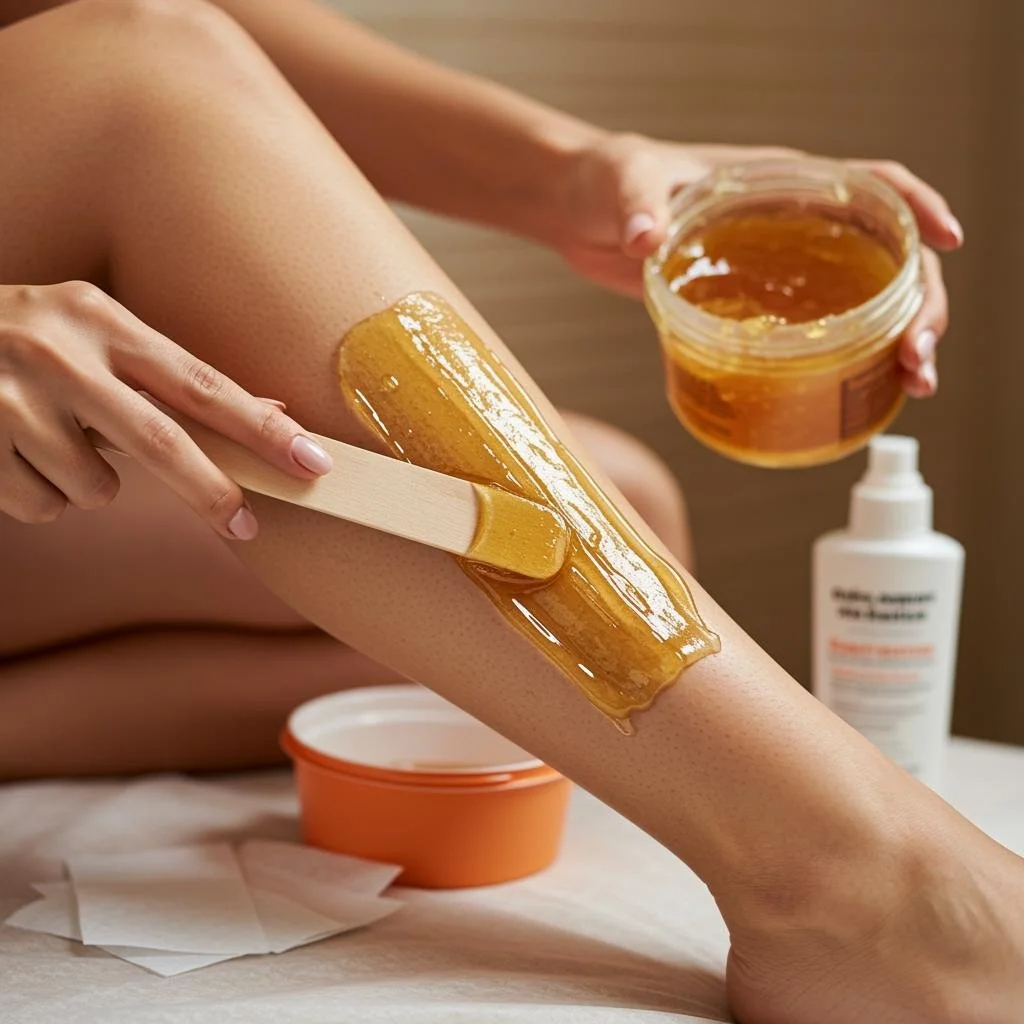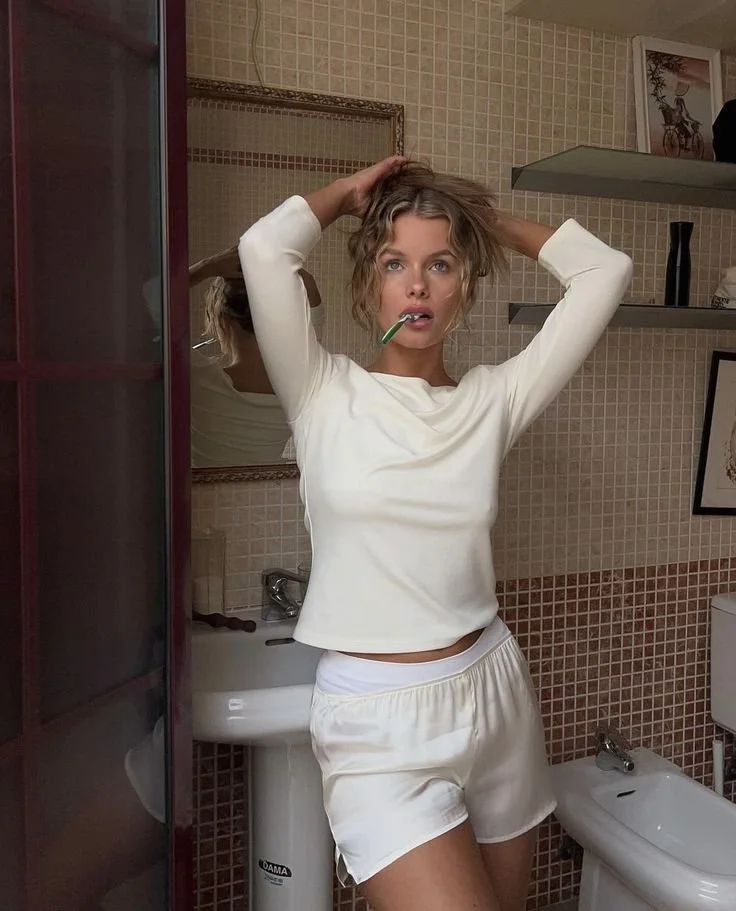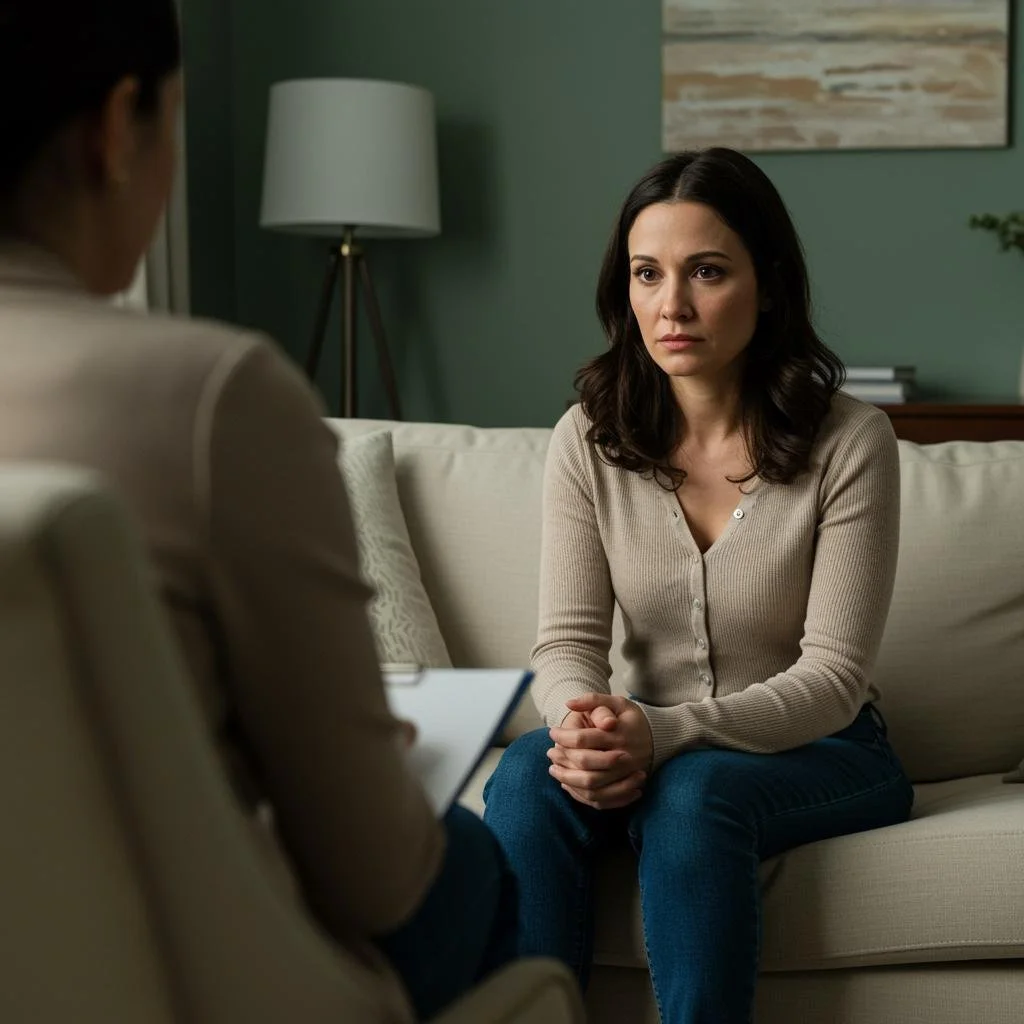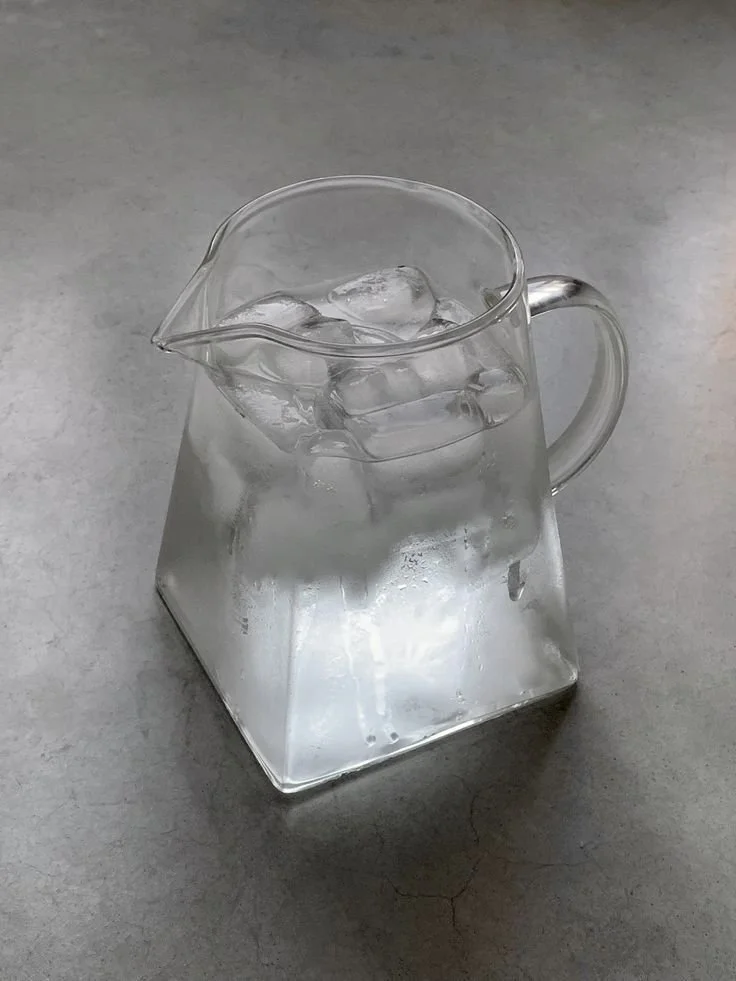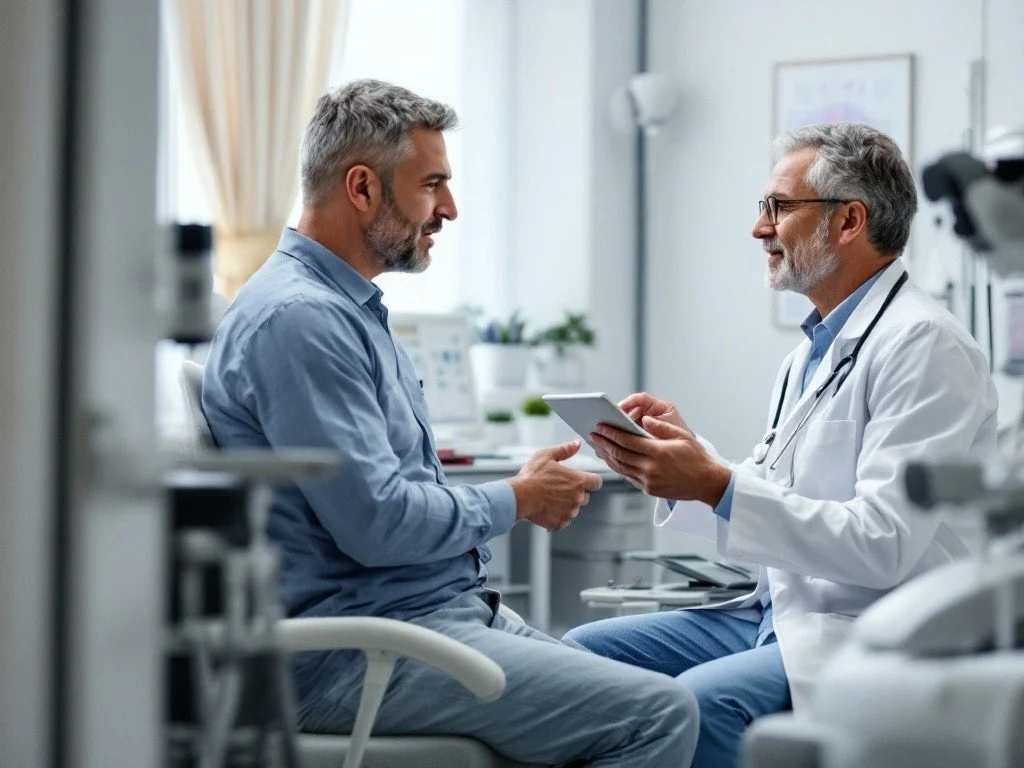Blister Care 101: How To Heal Faster And Avoid Infections
Blisters can be a frustrating and painful experience, can’t they? Whether you’ve spent too long in uncomfortable shoes, taken up a new sport, or simply walked a bit more than usual, you’ve probably ended up with one of those small, fluid-filled bubbles.
Blisters might seem like a minor inconvenience, but without proper care, they can turn into something much more troublesome—especially if they get infected. In this article, we share valuable insights and practical tips on how to properly care for blisters to ensure they heal more quickly and effectively while also avoiding the risk of infections.
No. 1
What Exactly Is a Blister?
Before jumping into how to treat and prevent them, it’s important to understand what a blister is. In simple terms, a blister forms when friction, burns, or other skin damage causes the upper layer of the skin to separate from the layers underneath. Fluid (often clear, but sometimes bloody) fills the gap, creating that familiar bubble.
Blisters act as a natural barrier, protecting the skin underneath from further damage. But, as you probably know, they can also hurt—and if you’re not careful, they can become infected.
No. 2
Should You Pop a Blister?
One of the most common questions people ask is, “Should I pop my blister?” It’s tempting, especially if the blister is painful or getting in the way. But here’s the thing: most experts recommend leaving blisters alone, particularly if they’re small and not causing much discomfort.
Popping a blister can expose the underlying skin to bacteria, increasing the risk of infection. Plus, the fluid inside the blister is there to help protect the area, so draining it too soon might slow down healing.
But what if the blister is large or very painful?
In some cases, draining a blister might be the best option, but only if it’s done carefully.
Here’s how you should handle it:
Clean the area thoroughly with soap and water.
Sterilize a needle using rubbing alcohol or by holding it over a flame.
Gently pierce the side of the blister, letting the fluid drain.
Don’t remove the overlying skin—it acts as a natural bandage.
Cover the area with a sterile dressing and keep it clean.
If you’re not comfortable draining it yourself, or the blister is in a tricky spot, it’s always a good idea to check with a healthcare professional for blister treatment. After all, no one wants to take a risk when it comes to matters concerning their health, which is why consulting with a pro is always a wise idea.
No. 3
How to Care for an Intact Blister
So, you’ve decided not to pop the blister. Now what? Caring for an intact blister is all about keeping it clean, dry, and protected. Here are a few key steps:
Cleanse gently: Wash the area with mild soap and water. Don’t use harsh cleansers, as they can irritate the skin.
Keep it covered: A bandage or blister pad can protect the blister from further friction. Make sure the dressing is breathable, so the skin doesn’t become soggy.
Change the bandage regularly: Swap it out daily or if it becomes dirty or wet. Keeping the area clean is essential to avoid infection.
If your blister is in a spot where it keeps getting rubbed, you might want to consider using a specialized blister pad. These pads cushion the area and help prevent further damage.
Beauty Water
Transform your skin, hair, and beauty care products with Kangen Beauty Water. It can enhance your beauty regimen, helping to nourish and revitalize you from the inside out, promoting overall wellness.
No. 4
What to Do if a Blister Pops on Its Own
Sometimes, despite your best efforts, a blister will pop. Don’t worry—this happens! When it does, your focus should be on keeping the area clean and protecting it from infection.
Clean the area immediately with soap and water.
Apply an antibiotic ointment to help prevent infection.
Cover it with a non-stick sterile bandage.
Just like with an intact blister, you’ll want to change the bandage regularly and make sure the area stays dry and clean. If you notice any signs of infection—redness, swelling, pus, or increasing pain—it’s time to see a doctor.
No. 5
Signs of Infection to Watch Out For
Blisters themselves aren’t typically dangerous, but they can quickly become a problem if they get infected.
Here are some red flags to watch for:
Redness and Swelling: If the skin around the blister becomes red or puffy, it might be a sign of infection.
Warmth: Infected areas often feel warm to the touch.
Pus or Drainage: If fluid leaking from the blister is cloudy or pus-like, that’s a clear sign of infection.
Increasing Pain: If the pain around the blister is getting worse rather than better, it’s time to pay attention.
Fever: A fever could indicate that the infection has spread.
If you notice any of these symptoms, don’t wait—reach out to a healthcare provider for advice.
No. 6
Preventing Future Blisters
Wouldn’t it be great if you didn’t have to deal with blisters in the first place? The good news is, a little prevention can go a long way.
Here are some tips to help you avoid blisters in the future:
Wear proper footwear: Shoes that fit well and offer good support are key to preventing blisters. If your shoes are too tight or too loose, your skin is more likely to rub and blister.
Use moisture-wicking socks: Wet skin is more prone to blisters, so opt for socks that keep your feet dry. Cotton socks might not be your best friend here—look for moisture-wicking fabrics instead.
Break in new shoes gradually: Don’t go for a 10-mile hike in brand-new shoes. Wear them for short periods at first to give your feet time to adjust.
Apply blister prevention products: Special blister pads, moleskin, or lubricating balms can help reduce friction in high-risk areas.
Keep your skin dry: Whether it’s your hands, feet, or another area prone to blisters, keeping your skin dry can make a big difference. Use talcum powder or moisture-wicking products if needed.
Takeaways
Dealing with a blister can be annoying, but with the right care, you can speed up the healing process and avoid unnecessary discomfort. Whether you decide to leave your blister intact or carefully drain it, remember to keep it clean, protected, and dry. And if you see any signs of infection, don’t hesitate to get professional help.
Looking for Wellness Resources?
Are you looking to enhance your wellness routine? Explore our wellness partners who offer a wide range of resources to support your journey toward holistic living and well-being.






